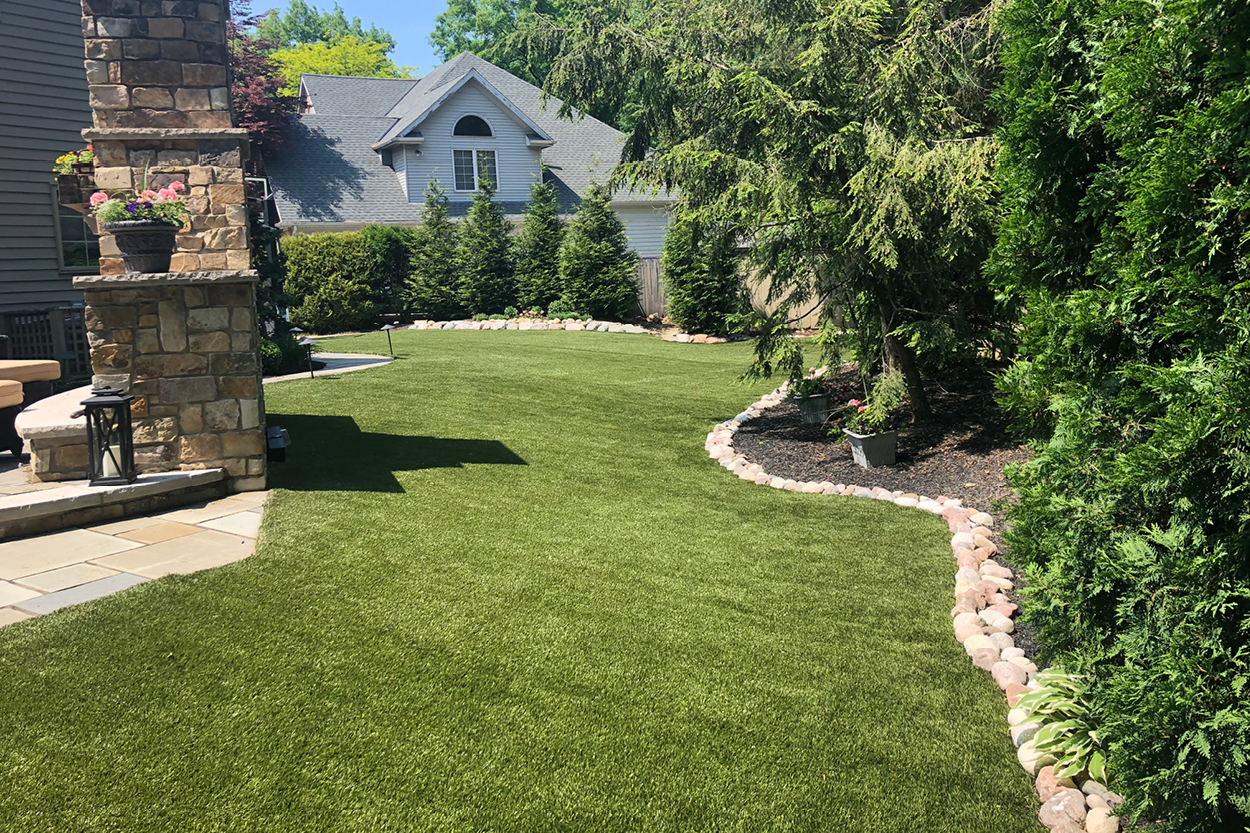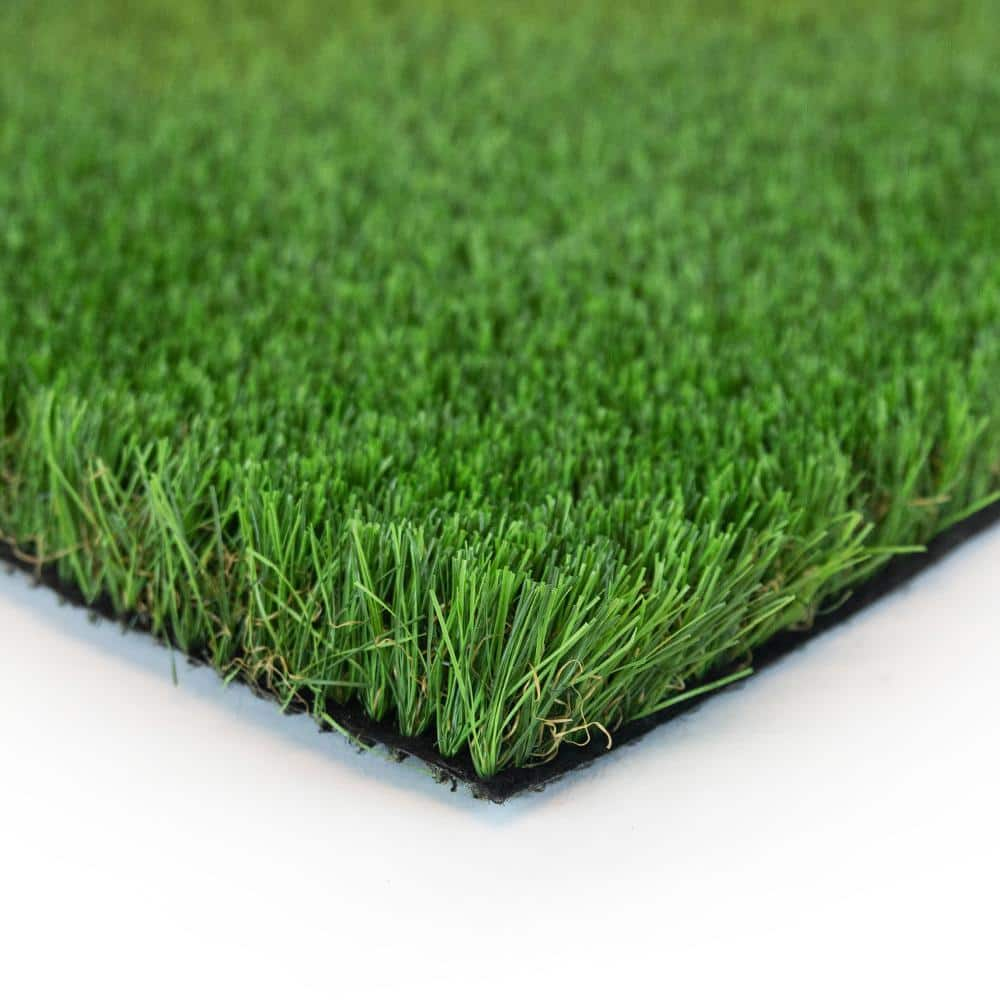Reliable Artificial Turf Companies Phoenix for a Attractive and Green Lawn
Reliable Artificial Turf Companies Phoenix for a Attractive and Green Lawn
Blog Article
See Why Homeowners Prefer Artificial Grass for Lasting Landscape Design Practices
As house owners progressively prioritize sustainability in landscape design, artificial turf has arised as an engaging alternative to standard lawn. Its capability to preserve water, decrease upkeep efforts, and minimize environmental influence settings it as a practical selection for those looking for eco-friendly options. The visual allure and convenience of man-made lawn cater to diverse style preferences. The ramifications of this change prolong beyond plain ease and aesthetic appeals, triggering a closer assessment of exactly how these options affect wider ecological outcomes. What continues to be to be checked out is the complete scope of benefits that synthetic turf can use to house owners and the environment alike.
Water Conservation Conveniences
One of one of the most considerable advantages of fabricated lawn is its role in water conservation. Standard turf yards call for substantial amounts of water to maintain their lavish look, frequently leading to overuse of regional water sources, particularly in deserts. On the other hand, synthetic grass removes this demand completely, as it does not call for watering. This not just conserves water however also minimizes the stress on community water supply, specifically during dry spell conditions.
In addition, the installation of synthetic turf can add to an extra sustainable landscape. Home owners can dramatically decrease their water costs, permitting reallocation of sources to various other ecological initiatives or family usages. Furthermore, synthetic turf is made to stand up to various climatic conditions without the need for supplementary watering, making it a suitable choice for regions facing water deficiency.
The ecological benefits expand past immediate water savings. By decreasing water intake, synthetic grass aids to reduce the influences of environment modification, protecting essential ecological communities that are intimidated by excessive water extraction. As lasting landscaping practices get traction, synthetic grass becomes an accountable choice for house owners looking for to create environmentally friendly outside spaces.
Lowered Maintenance Initiatives
Synthetic grass significantly lowers maintenance efforts contrasted to traditional grass lawns. With man-made lawn, home owners can get rid of the time-consuming jobs related to natural landscaping, such as mowing, feeding, and weeding. This not just conserves beneficial time yet additionally minimizes physical labor, making grass care accessible for individuals of all ages.
Among one of the most significant benefits is the absence of regular mowing. Typical grass call for regular cutting to maintain a visually pleasing height, whereas synthetic lawn stays constantly lush without the demand for cutting. In addition, house owners no much longer require to apply plant foods or chemicals, which are frequently required to maintain all-natural lawn healthy and balanced. This shift not just lightens the workload but additionally advertises a neater, extra uniform appearance year-round.
In addition, artificial grass is resistant and resilient, needing minimal maintenance past periodic cleaning and washing to get rid of debris. This simplicity of maintenance enables homeowners to enjoy their outdoor areas without the consistent fear of maintenance, providing go to my blog more time for leisure and family activities. Ultimately, the reduced upkeep initiatives related to artificial turf make it an enticing option for those looking for a low-maintenance, aesthetically appealing landscape.

Ecological Effect Decrease
There is an expanding acknowledgment of the environmental benefits related to fabricated turf, particularly in terms of water conservation and decreased chemical use. Traditional yards need considerable quantities of water, particularly in drought-prone regions, leading to boosted stress on regional water resources. In contrast, artificial turf removes the demand for irrigation, considerably decreasing water consumption and promoting sustainability.
In addition, conventional lawn maintenance commonly entails the application of fertilizers, pesticides, and herbicides, which can contribute to dirt and water pollution. Synthetic grass minimizes this ecological danger by calling for very little maintenance and basically eliminating the demand for damaging chemicals. This not only boosts soil health yet also secures regional ecological communities from harmful runoff.
In addition, the manufacturing of natural grass yards typically entails the usage of fossil gas for trimming and landscape design devices, additional adding to greenhouse gas discharges. By selecting synthetic turf, house owners can substantially reduce their carbon footprint connected with grass care activities.
Visual Allure and Convenience
Along with its environmental advantages, synthetic grass supplies considerable aesthetic appeal and versatility for landscape design. Property owners can achieve a lavish, green look year-round, removing the seasonal variations commonly related to natural yard. This constant aesthetic not just improves the aesthetic allure of a property but also adds to a well-kept and polished look.
Furthermore, man-made lawn is available in a selection of shades, designs, and textures, enabling for modification to suit individual preferences and style motifs - Phoenix turf companies. Whether used in domestic gardens, commercial areas, or entertainment areas, it can perfectly integrate into varied landscape design layouts, from contemporary minimal to rich tropical setups
The adaptability of artificial lawn extends beyond mere appearance; it can be set up in different places, including roofs, patio have a peek at this site areas, and also indoor areas, producing chances for distinct landscaping solutions. Additionally, it appropriates for a variety of tasks, from youngsters's backyard to pet-friendly environments, providing capability without jeopardizing style.
Eventually, the aesthetic allure and adaptability of synthetic grass make it an appealing choice for property owners seeking sustainable landscaping solutions that do not sacrifice appeal for ecological obligation.

Long-Term Cost Financial Savings
One of the most compelling benefits of fabricated turf is its capacity for lasting expense financial savings. Unlike natural lawn, which requires normal maintenance-- consisting of mowing, watering, feeding, and pest control-- synthetic lawn considerably minimizes these continuous costs.
In addition, synthetic grass has a life-span of 15 to 25 years, depending on its top quality and use. This longevity lessens substitute costs, making it a much more cost-effective selection in the future. In addition, the preliminary investment in synthetic grass can often be recovered via the savings built up with time.
While the upfront price might appear greater contrasted to turf setup, the collective financial savings from reduced upkeep and water usage usually exceed these first expenses. Eventually, the fostering of artificial turf not just advertises a lasting landscape design remedy but likewise uses home owners an economically smart choice that straightens with long-lasting budgeting objectives.
Verdict
Synthetic grass emerges as an engaging choice for lasting landscape design, offering substantial advantages in water preservation, reduced maintenance initiatives, and decreased ecological effect. Its visual appeal and convenience boost the aesthetic landscape while lining up with contemporary sustainability goals. Long-lasting price savings contribute to its appearance for property owners. As neighborhoods significantly prioritize eco friendly techniques, the fostering of synthetic grass stands for a progressive action towards attaining sustainable and durable landscapes.
Additionally, artificial lawn is created to hold up against various climatic problems without the demand for supplemental watering, making it a suitable option for regions facing water shortage. (Arizona turf)

Synthetic grass arises as an engaging choice for sustainable landscaping, supplying substantial advantages in water conservation, reduced maintenance efforts, and reduced ecological influence.
Report this page